Conversion rate optimization is the process of optimizing your website to get the most out of every visitor. CRO can be done through various channels, but one you probably haven't heard of before is micro conversions. Micro conversions are small actions on your website that do not directly lead to conversions (i.e. they are not macro conversions). They may even seem like nothing more than a distraction, but these micro actions can produce some important results for CRO and UX design in general.
In this article, we will examine what both micro and macro conversions are and how they can be used in your designs and strategies. The key to significant conversion rates is to attract the user's attention and bring them into your CRO process. Micro conversions achieve exactly that by understanding what users want, where they are in their conversion funnel, and how you can help them achieve optimal success.
A conversion is a goal your business cares about. This means it is more important to get the right visitors than just any traffic at all! There are many types of conversions - from newsletter registrations and downloads to store purchases or bookings.

For example, on e-commerce websites, the macro conversion would definitely involve a purchase. Micro conversions could be that the user registers for a newsletter to get 10% off his next purchase, or saves something from your website to his wish list.
A macro conversion, also referred to as primary conversion, is the principal conversion on a website. This is the one you care about and want to get; it's what we're optimizing the conversion rate for. For example, in CRO, this could be a purchase or event sign-up, and is the primary conversion we often aim for.
According to the Cambridge Dictionary, the definition of "macro" is as follows:
"a single instruction given to a computer that produces a set of instructions for the computer to perform a particular piece of work."
Cambridge Dictionary
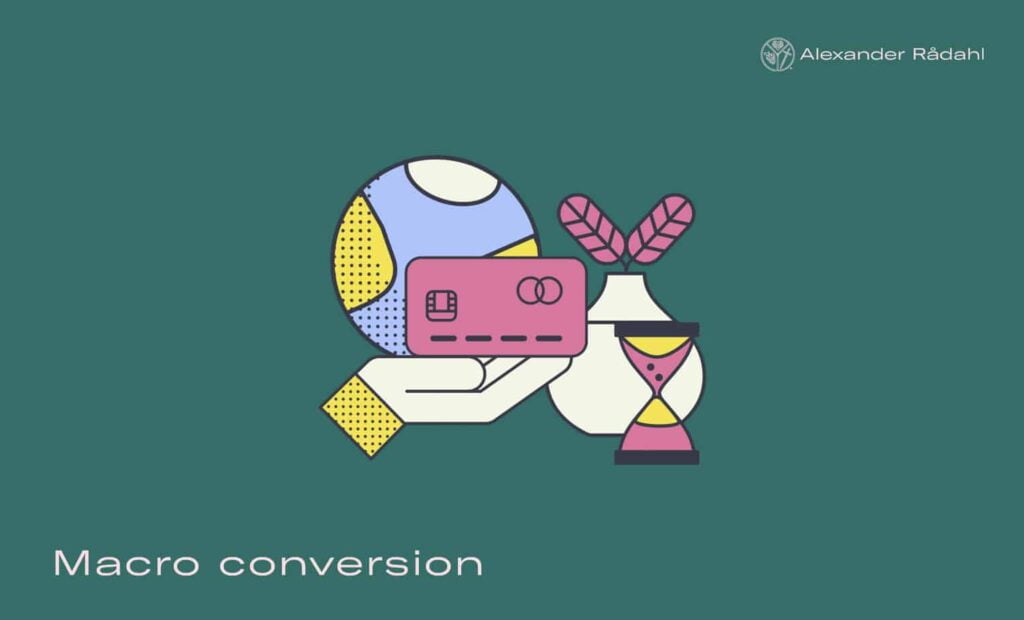
And it also applies to CRO as much as it does in programming. Macro conversions are the big ticket we want the user to get, and the micro conversions lead the user to this action. On an e-commerce website, the macro conversion is typically the purchase, and on an information website, the conversion goals could be a newsletter sign-up or a PDF download.
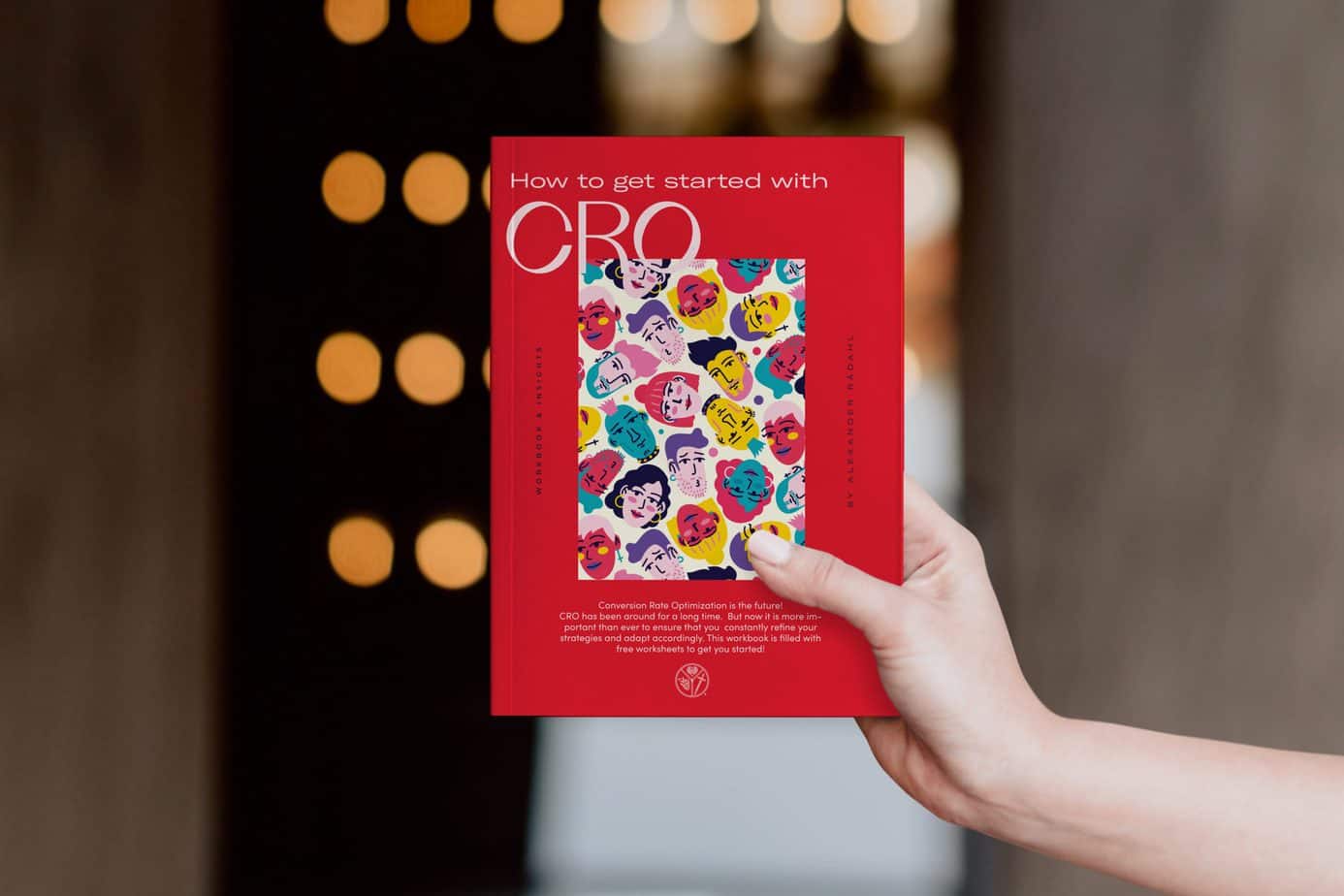
Micro conversions, or process milestones, are events that occur on a website that will lead the user to macro conversions in the future. Register for an e-mail newsletter or download a PDF brochure are examples of micro-conversions. These activities show interest in your site and could even convince someone to make a purchase in the future. However, these micro actions alone will not give you the macro-conversion - which would be a purchase - but could help you steer the user in the right direction of a purchase. Studying micro conversions you have today and what your competitors do is an important step to witness micro conversion examples and gain valuable insights.
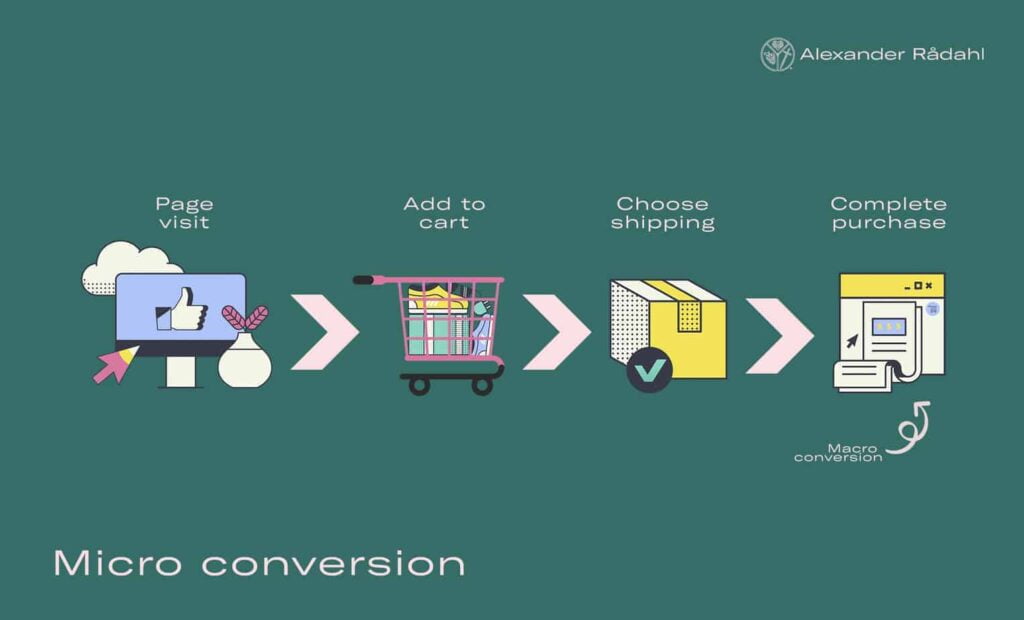
Examples of micro conversions can sometimes be classified as follows in a customer journey:
With the help of micro conversions, you can identify what website visitor is likely to buy your product by tracking and logging user actions in the sales funnel and your website in general. This could be done with Segment or Klaviyo to have easy access to behavior patterns from your users.
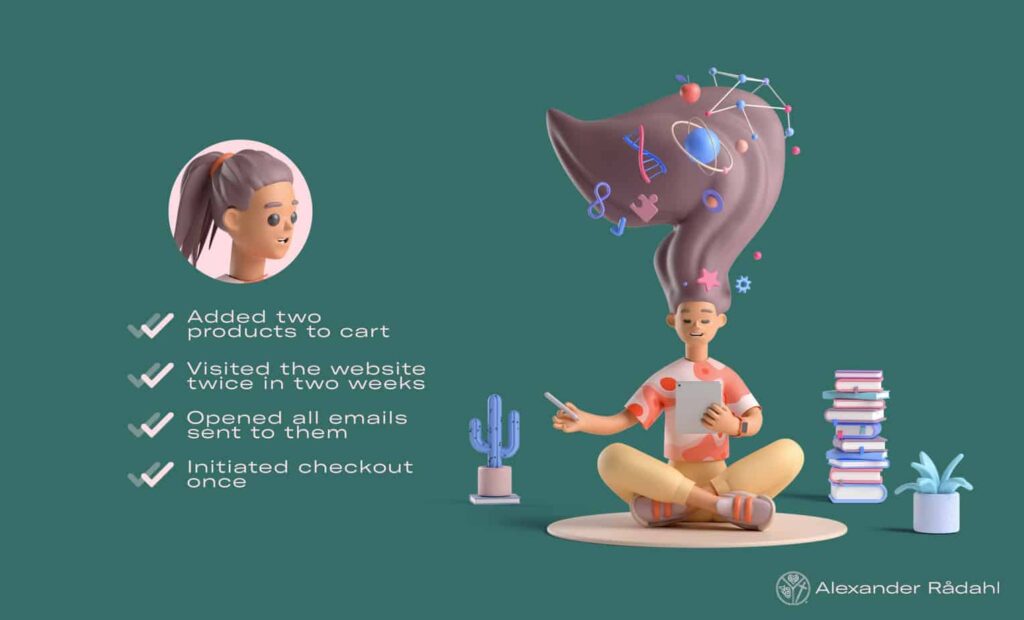
I often use these tools in my work to track what a user does on a website, and then segment them based on their interactions and business objectives. This way, we can adapt their experience, communication and future customer journey through micro conversion tactics, like up-selling products during the check-out process! It also helps me get a broader look at visitor behavior against my primary goals and micro conversions.

Without clear goals, running an online business resembles climbing Mount Everest without adequate information or training. You can imagine the macro conversion as the goal of actually reaching the peak of Mount Everest, and the micro conversions are all the work that goes into it. Everything from teaching yourself about the mountain to the equipment you acquire to achieve your new and exciting goal! In the CRO, this would be to track micro conversions, understand your users and how they interact with your website or e-commerce site, etc.
Not everyone who visits your site ends up buying from you or using what you offer. By targeting only the sale (macro conversion), there is a chance that many potential users will be missed because they may not have been prepared to take such a powerful action yet, even if it was something simple, like signing up for an e-mail list. This is where micro conversions can help them feel comfortable and do these measures on their own terms, at their own pace - whether it means making smaller steps to become customers in general or liking one of the business Facebook posts without having bought anything first!
Not all pages on your website are designed to convert visitors into customers, but that does not mean you should ignore them. You can use conversion optimization tools, including the Google Analytics Event Tracking Code and Hotjar Heatmaps Tool, to determine how people interact with different parts of your website, so you can identify where there is a problem. Take your product page as an example, because if 6 out of 10 people leave it when they get there, that means something is not right with its design or content (or both).
Now that you understand the difference between macro and micro conversation, let's look at some examples of actions in each category.
When we now have a better understanding of micro and macro conversions, you can probably also appreciate the value of tracking micro conversions, the right kinds of metrics to understand your users. In turn, this will help tailor our CRO funnel accordingly for even more effective results.
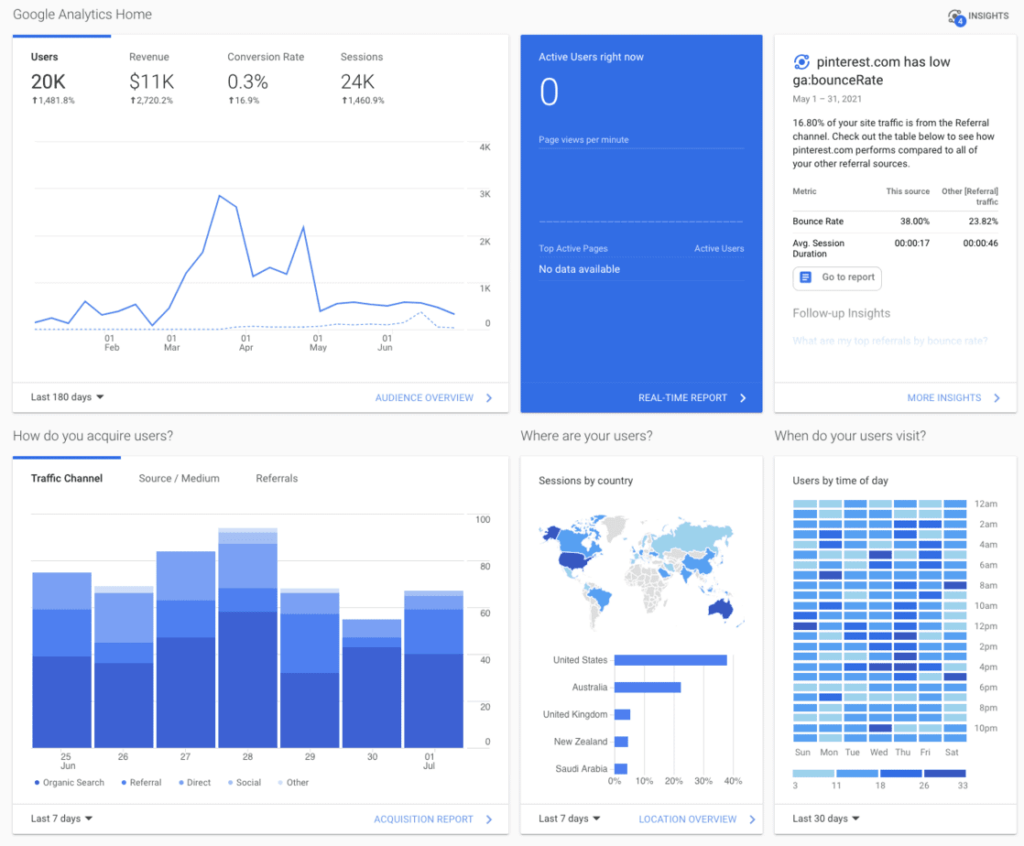
You can use tools like Google Analytics to track your business's micro and macro conversions as "events" or "goals." You could also integrate this data with other reports with behavioral analysis tools like Segment. Hotjar and Klaviyo are two examples you should consider if you want more insight into the behavior of users on your website.
CRO is an important part of your marketing strategy, but it can be difficult to understand and optimize. But it is a complex issue with many moving parts. There are some CRO indicators you should know if you want to make the most of your CRO efforts.

Micro conversions are all the little things that happen on your site before someone turns into a customer or subscriber. Macro conversion is when they actually convert into customers or subscribers! I hope this article will help you identify micro-conversion opportunities and track macro conversion rates for even better CRO results.
In Winning the Game with UX Design & CRO, Author and website design authority Alexander Rådahl draws on years of experience in high-end website development to offer you time-tested methods that any website developer can use to optimize your website’s user experience, to significantly improve conversion rate, click-through percentages and customer engagement metrics.
In this invaluable user experience and CRO guide, you will learn ‘real-world’ tested methods that can be effectively applied around the globe by website designers, with any level of prior experience:
Whether you want to start experimenting with an upgraded website design, or need some inspiration for your next project, Winning the Game with UX Design has something for everyone. Get ready to take your web designs to another level by implementing these simple changes!
